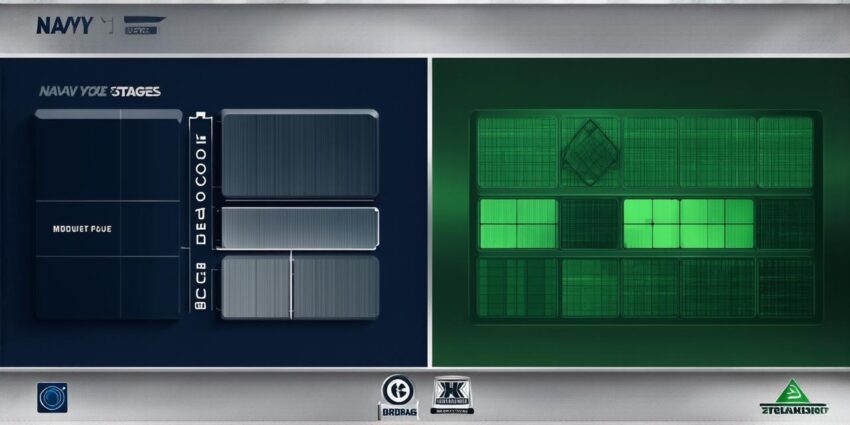Functional Matrix Approach
The functional matrix approach is a hybrid of the functional and organizational structures. It combines the benefits of both approaches by allowing project managers to align their teams based on both function and business unit. In this approach, project managers are responsible for managing the project budget, schedule, and resources, while the line managers remain responsible for managing their respective teams.
The main advantage of this approach is that it allows for better communication and collaboration between departments, as everyone involved in the project has a common goal. It also ensures that the right people are working on the project, as each department is aligned with the specific needs of the project. However, one downside of this approach is that it can be difficult to manage conflicts when both functional managers and line managers have conflicting priorities.
Case Study: A software development company uses the functional matrix approach for its large-scale software projects.
By aligning their teams based on both function and business unit, they ensure that the right people are working on each project and that everyone is aligned towards a common goal. However, they also face challenges when there are conflicts between the priorities of the functional managers and line managers.
Dedicated Team Approach
The dedicated team approach, also known as the cross-functional team approach, involves building a self-contained team with members from different departments who work together exclusively on one project. In this approach, the team is responsible for managing the project budget, schedule, and resources, and the line managers remain responsible for their respective teams outside of the dedicated team.
The main advantage of this approach is that it allows for better communication and collaboration within the team, as everyone involved in the project has a shared goal and works together towards achieving it. It also ensures that there are no conflicts between the priorities of functional managers and line managers, as the dedicated team is focused exclusively on the project at hand. However, one downside of this approach is that it can be difficult to build a team with all the necessary skills and expertise, especially for complex projects.
Case Study: A construction company uses the dedicated team approach for its large-scale infrastructure projects.
By building a self-contained team with members from different departments who work exclusively on one project, they ensure that everyone involved in the project has a shared goal and works together towards achieving it. However, they also face challenges in finding the right people to build their team, as they need individuals with specific skills and expertise.
Which Approach is Better?
Ultimately, the best approach for project management will depend on the specific needs of your organization and project. If you are working on a large-scale project that requires collaboration between different departments, the functional matrix approach may be the best option. However, if you are working on a complex project that requires a high level of communication and collaboration within the team, the dedicated team approach may be more suitable.
FAQs
1. What is the functional matrix approach?
The functional matrix approach is a hybrid of the functional and organizational structures, where project managers align their teams based on both function and business unit.
2. What is the dedicated team approach?

The dedicated team approach involves building a self-contained team with members from different departments who work exclusively on one project.
3. When should I use the functional matrix approach?
You should use the functional matrix approach for large-scale projects that require collaboration between different departments.
4. When should I use the dedicated team approach?
You should use the dedicated team approach for complex projects that require a high level of communication and collaboration within the team.
Summary
In conclusion, both the functional matrix and dedicated team approaches have their own unique benefits and challenges.
